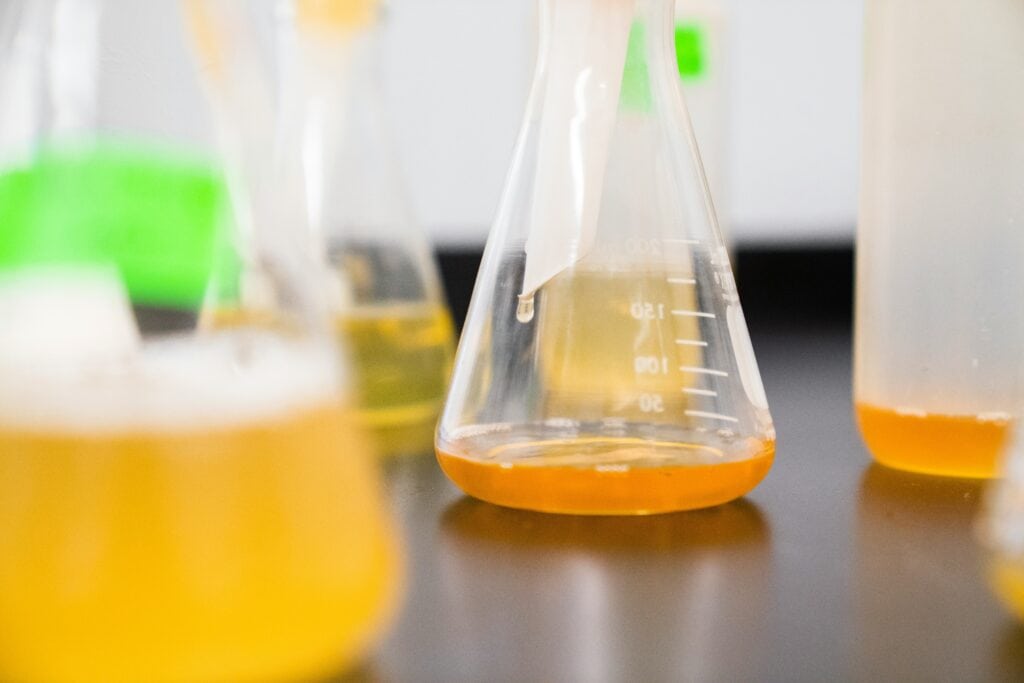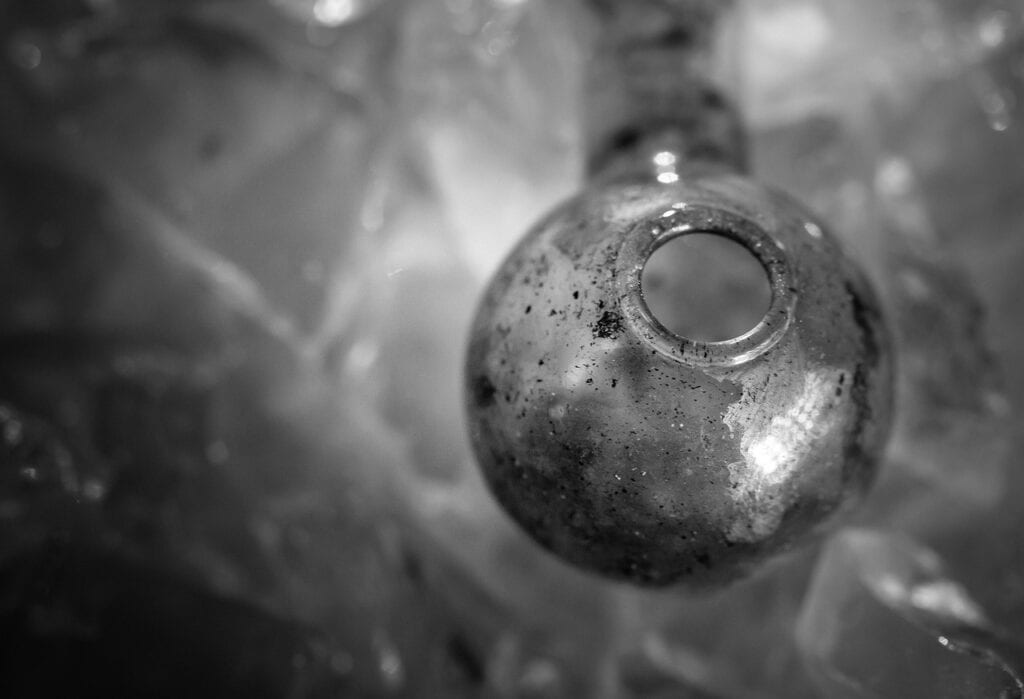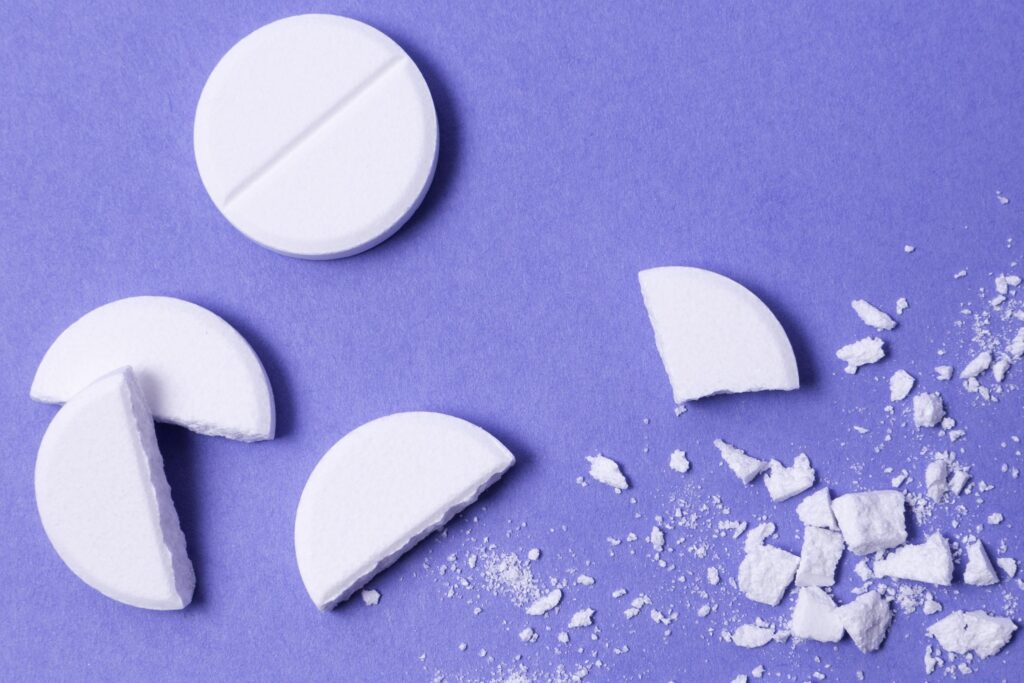How Long Does Crack Stay in Urine? Understanding Detection Times and the Road to Recovery

Crack cocaine is a powerful and highly addictive stimulant that affects the central nervous system. It is a form of cocaine that has been processed to make it smokable, leading to an intense but short-lived high. Because of its potency and rapid onset of effects, crack cocaine use can lead to serious health issues and addiction. One of the most common concerns for individuals who have used crack is how long it remains detectable in their system, particularly in urine drug tests.
At Maple Moon Recovery, we understand the challenges of overcoming addiction and provide comprehensive treatment solutions for individuals struggling with substance use disorders. This article will explore how long crack stays in urine, the factors that affect detection times, the risks associated with use, and the importance of seeking professional help for addiction recovery.
Key Points
- Detection Time: Crack can be detected in urine for 1 to 4 days, but heavy use may extend this to a week or more.
- Factors Influencing Detection: Frequency of use, metabolism rate, hydration, diet, liver/kidney function, and method of use all affect detection time.
- Other Drug Tests: Blood tests detect for up to 1-2 days, saliva for 24-48 hours, and hair follicle tests for up to 90 days.
- Speeding Up Elimination: Hydration, exercise, and a healthy diet may help, but professional detox is the safest option.
- Health Risks: Crack use can cause cardiovascular issues, mental health decline, respiratory problems, and more.
- Recovery: Maple Moon Recovery offers medical detox, therapy, and inpatient treatment to help overcome addiction.
How Long Does Crack Stay in Urine?
Urine drug tests are one of the most commonly used methods for detecting crack cocaine use due to their reliability and cost-effectiveness. On average, crack cocaine can be detected in urine for 1 to 4 days after use. However, for heavy and chronic users, the detection window can extend up to a week or more.
The primary metabolite that urine tests screen for is benzoylecgonine, which has a longer half-life than cocaine itself. This means that even after the effects of crack wear off, benzoylecgonine remains in the body and can be identified in urine samples. Other testing methods, such as blood, saliva, and hair follicle tests, have different detection windows, which can impact testing results.
Factors Influencing Detection Time
The length of time crack remains in urine depends on various factors, including:
1. Frequency and Amount of Use
- Occasional users may eliminate crack from their urine within 1 to 3 days.
- Chronic users who use crack regularly over an extended period may have detection times of 5 to 7 days or longer.
- Binge users, or those who consume large amounts in a short time, may face prolonged detection times.
2. Metabolism Rate
- Individuals with faster metabolisms process and excrete substances more quickly than those with slower metabolisms.
- Age, weight, and overall health influence metabolism.
- Active individuals with higher metabolic rates may eliminate toxins more efficiently.
3. Hydration and Diet
- Staying hydrated can help speed up the elimination process, but excessive water intake will not guarantee a negative test result.
- A healthy diet rich in antioxidants and fiber may support detoxification.
- Dehydration can slow down the body’s ability to process and eliminate substances.
4. Liver and Kidney Function
- The liver metabolizes crack cocaine, while the kidneys help excrete it. Any impairment in these organs may prolong the detection window.
- Liver disease or kidney issues may lead to an extended elimination process.
5. Method of Use
- Smoking crack leads to a shorter high but still produces metabolites detectable in urine.
- Injecting or snorting cocaine (as opposed to smoking crack) does not significantly alter urine detection times but may influence overall elimination rates.
- Combining crack with other substances can impact metabolism and elimination times.
Detection Windows for Other Drug Tests
Aside from urine tests, crack cocaine can be detected using other drug testing methods:
- Blood Test: Detectable for several hours up to 1-2 days
- Saliva Test: Detectable for up to 24-48 hours
- Hair Follicle Test: Detectable for up to 90 days or longer
- Sweat Test: Occasionally used in monitoring programs and can detect use for extended periods
Can You Speed Up the Elimination of Crack from Urine?
While no guaranteed method can instantly remove crack metabolites from urine, the following may help support the body’s natural detoxification process:
- Hydration: Drinking plenty of water can aid kidney function, but excessive water consumption will not eliminate all traces of crack.
- Exercise: Engaging in physical activity may boost metabolism and help flush out toxins.
- Healthy Diet: Eating foods rich in vitamins, fiber, and antioxidants may support liver function and detoxification.
- Rest and Recovery: Quality sleep and stress management can improve overall bodily functions.
- Avoiding Additional Drug Use: Continuing to use crack or other substances will only prolong the detection period.
- Medical Detox Programs: Seeking professional medical detox services can ensure a safe and efficient elimination process.
The Dangers of Crack Cocaine Use
Crack cocaine is highly addictive and poses serious health risks, including:
- Cardiovascular Problems: Increased heart rate, high blood pressure, and risk of heart attack
- Neurological Effects: Anxiety, paranoia, hallucinations, and seizures
- Respiratory Issues: Damage to the lungs due to smoking crack
- Mental Health Decline: Increased risk of depression, aggression, and suicidal thoughts
- Immune System Suppression: Greater susceptibility to infections and illnesses
- Legal and Social Consequences: Job loss, financial struggles, and strained relationships
- Physical Deterioration: Malnutrition, weight loss, and severe dental problems
Seeking Help for Crack Cocaine Addiction
If you or someone you know is struggling with crack cocaine addiction, Maple Moon Recovery offers a compassionate and evidence-based approach to recovery. Our treatment programs include:
- Medical Detox: Supervised detoxification to help manage withdrawal symptoms safely
- Individual and Group Therapy: Cognitive-behavioral therapy (CBT), motivational interviewing, and support groups
- Inpatient Programs: Comprehensive residential treatment tailored to individual needs
- Aftercare and Relapse Prevention: Ongoing support to help maintain long-term sobriety
- Family Support and Counseling: Helping loved ones understand addiction and provide effective support
- Holistic Treatment Approaches: Incorporating wellness activities such as yoga, meditation, and nutrition support
Crack cocaine can be detected in urine for 1 to 4 days, with longer detection times for frequent users. Several factors influence how long crack remains in the body, including metabolism, frequency of use, and overall health. While hydration and a healthy lifestyle may aid in elimination, there is no surefire way to quickly clear crack from urine.
More importantly, overcoming crack addiction requires professional support. At Maple Moon Recovery, we provide comprehensive treatment to help individuals regain control of their lives. If you or a loved one is struggling with addiction, reach out to us today for a confidential consultation.
Take the first step toward recovery with Maple Moon Recovery—where healing begins.
Sources:
🔗National Institute on Drug Abuse (NIDA) – “What do drug tests really tell us?”
🔗Substance Abuse and Mental Health Services Administration (SAMHSA) – “Clinical Drug Testing in Primary Care”
🔗Centers for Disease Control and Prevention (CDC) – “Urine Testing for Drug Use Among Male Arrestees”
🔗MedlinePlus (National Library of Medicine) – “Drug Testing: MedlinePlus Medical Test”
🔗MedlinePlus (National Library of Medicine) – “Cocaine Intoxication: MedlinePlus Medical Encyclopedia”
🩺 Professionally Reviewed by:

Share This Post



